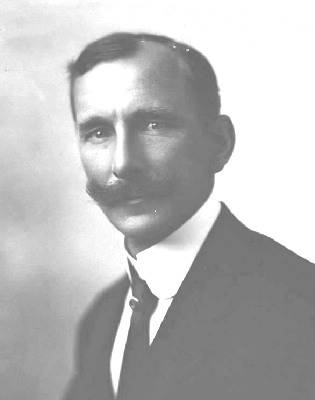 |
| A photo of Japanese people in an internment camp |
By issuing Executive Order 9066 during WWII, President Roosevelt sent Japanese and Japanese-American people to internment camps. The order authorized the Secretary of War and the US military to declare military areas where anyone could be excluded. The order did not specify a nationality or ethnic group that it applied to, but was used to relocate Japanese people in America or Japanese-Americans to internment camps.
 |
| Charles Schenck |
The order is similar to the Schenck v. United States case during WWI in which Charles Schenck was convicted for sending anti-war messages. In the case, the Supreme Court stated that freedom of speech could be restricted if the speaker is creating a danger to the country. Like Schenck, the Japanese that were sent to internment camps had their civil liberties restricted, as they were forced to leave their homes.

No comments:
Post a Comment